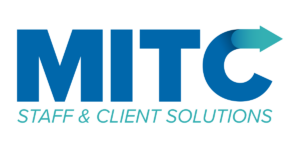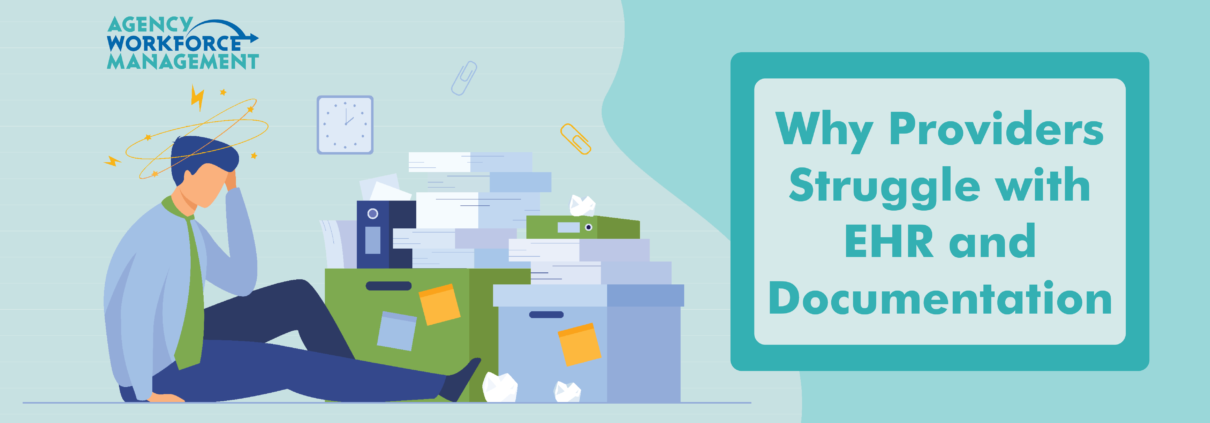Why Providers Struggle with EHR and Documentation
A big question for the future of technology in health and human services – how to make EHRs better serve the professionals delivering care? That was the focus of a discussion with Peter Flick, Chief Executive Officer of Remarkable Health, at a recent OPEN MINDS Technology & Analytics Institute.
The history of EHRs has created a challenge. Flick explained, “The best thinking in software in the 90s was, ‘let’s take our paper-based process and put it online.’ EHRs were designed to help a provider organization better manage information across the board and demonstrate meaningful use for compliance. They were not designed from the ground up to help make clinical professionals more efficient and effective. That’s kind of a backwards way to do things. The EHR is really powerful and can do the work of 10 to 40 staff once the data is in the system but getting the data into the EHR is a challenge and the bane of clinical professionals’ existence.”
Most clinical professionals are unable to do concurrent documentation, and the inevitable delays cause inaccuracies. Flick elaborated, “The average time from session to actual note signing is 3.3 days, which is a lot of time. The clinical professionals finally get the note in and then there’s a review process and a quality assurance process. Some provider organizations told us that they have certain programs that are that are only at 50% utilization, because they’re spending the other 50% of their time on documentation!”
Client Profiles was designed in 2020 to better manage the affordability, poor work flows, and low adoption and usage rates many providers struggle with using traditional EHR. Download the most recent Client Profiles Alerts fact sheet to learn more.


Leave a Reply
Want to join the discussion?Feel free to contribute!